It’s been 20 years since the laughter finally faded away; two decades since we heard the last hollow snigger at the mere mention of a Skoda.
For so long the butt of ill-informed jokes, the Czech brand finally completed its rehabilitation with buyers and driving enthusiasts alike in 2001 when it unleashed its first vRS model. Priced-to-sell value and practicality were always key staples of the appeal of the firm’s cars, but with these tuned and tweaked additions, you now had previously unimaginable levels of performance and poise added into the mix. And nowhere have vRS models been more successful than in the UK, where buyers have taken to them with open arms and wallets.
In recent years, one in five Skodas sold have worn this three-lettered performance badge of honour. So it’s only right that we celebrate such a significant milestone by bringing together one of the latest cars with a couple of its trailblazing forebears.
Before we get to those, though, a quick history lesson, starting with the name. We in the UK know these souped-up Skodas by their vRS (that’s Victory Rally Sport) monikers but everywhere else they’re badged simply RS. Why? Well, in the UK, Ford took exception to Skoda using the same hallowed initials as its own motorsport-themed hotshoes (although Ford preferred its Sport to be prefixed with Rallye rather than Rally), so to avoid seeing the inside of a courtroom, the Czechs gave its rival the ‘v’.
Although the first road-going vRS model appeared at the turn of the century, the badge’s lineage can be traced back much further. In 1974, the brand revealed the 180 RS and 200 RS, which were developed for racing and rallying. They were essentially hand-built, lightweight-bodied prototypes and just three examples in total were produced. Both were powered by the same four-cylinder engine, in either 1.8-litre or 2.0-litre capacity. The larger unit delivered 163bhp, which was enough muscle for Skoda to seek out a Porsche 915 five-speed gearbox to replace the fragile Tatra original.
It wasn’t until the 130 RS, which followed a year later, that Skoda really committed to making a high-performance car, albeit in small numbers and exclusively for motorsport. Using the same 110 R as a base, this homologation special featured a smaller, 138bhp 1.3-litre engine and proved to be a highly effective special stage star, sowing the seeds for over three decades of World Rally Championship class-winning success that continues to this day with the Fabia R5. Yet despite this rich vein of motorsport brilliance, there was no halo model to bolster the road car range, largely because finances behind the Iron Curtain meant that budget transportation rather than highoctane entertainment was the order of the day. It wasn’t until the company’s wholesale takeover in 1990 by the Volkswagen Group that large-scale investment in the brand allowed a little leeway for something more exciting, which brings us to the first of our trio of scorching Skodas.


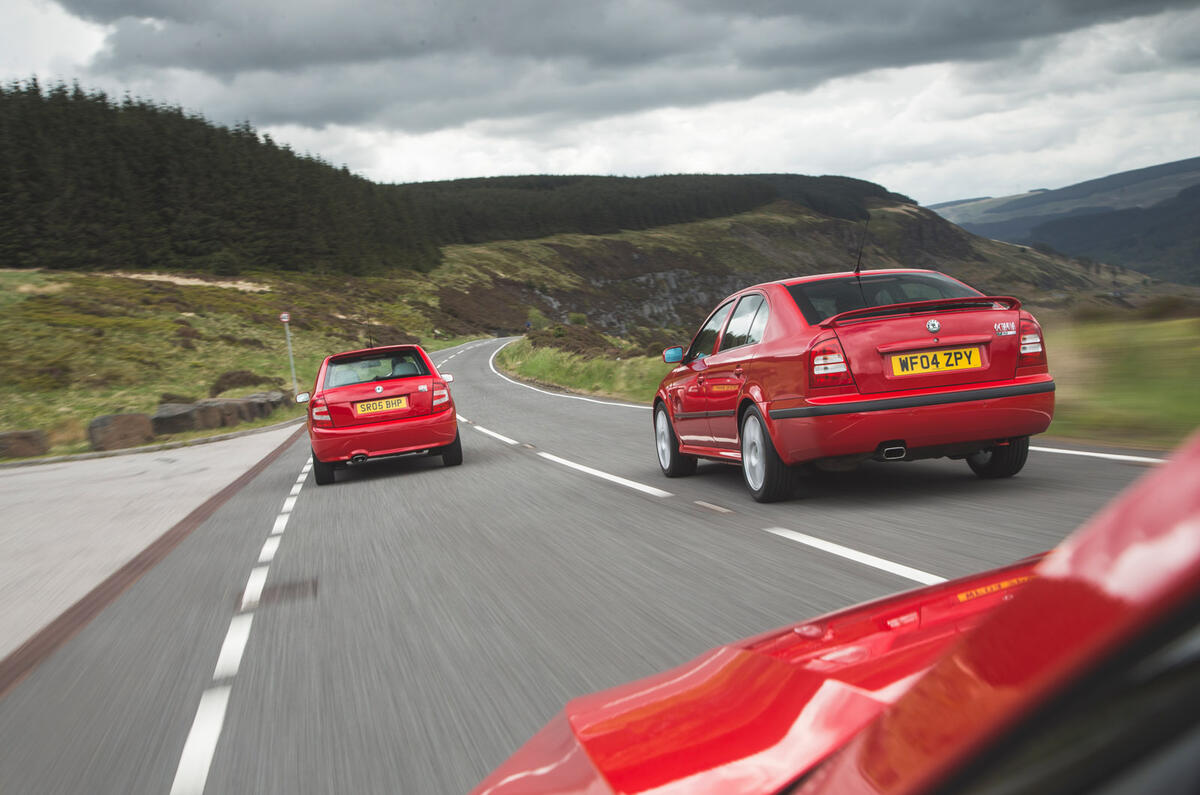

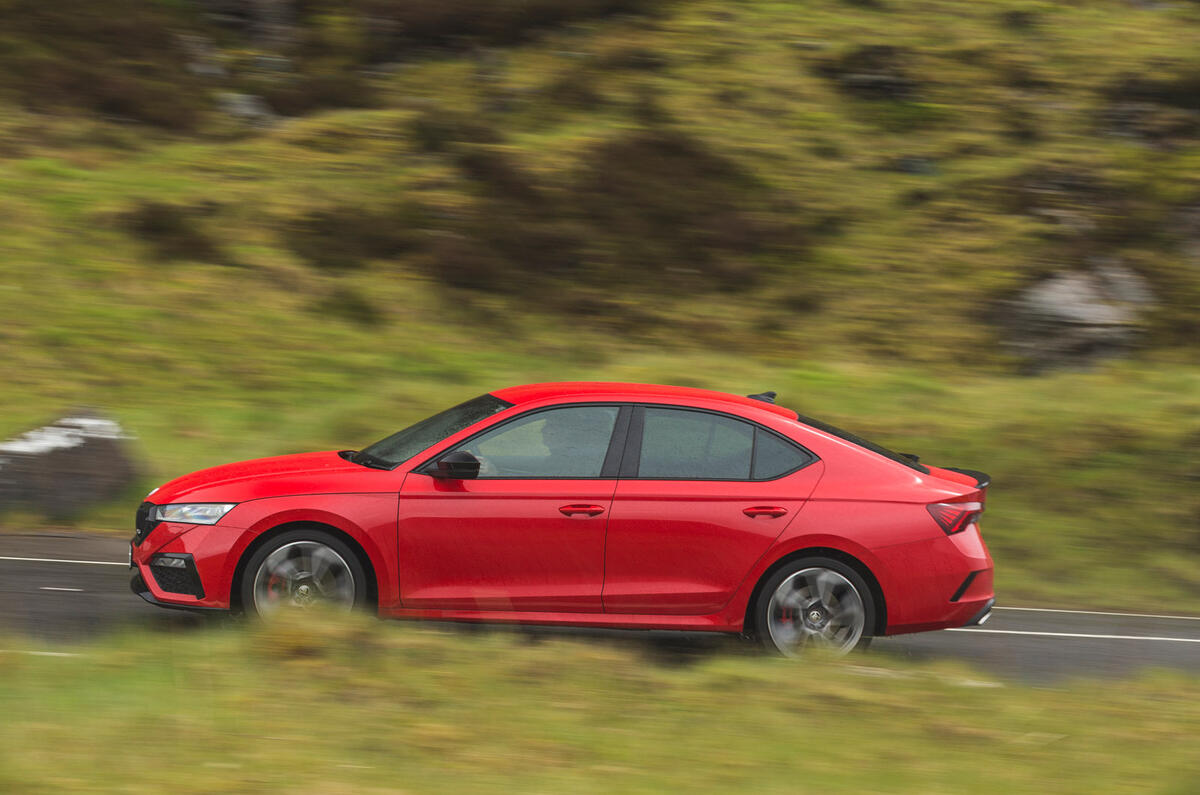

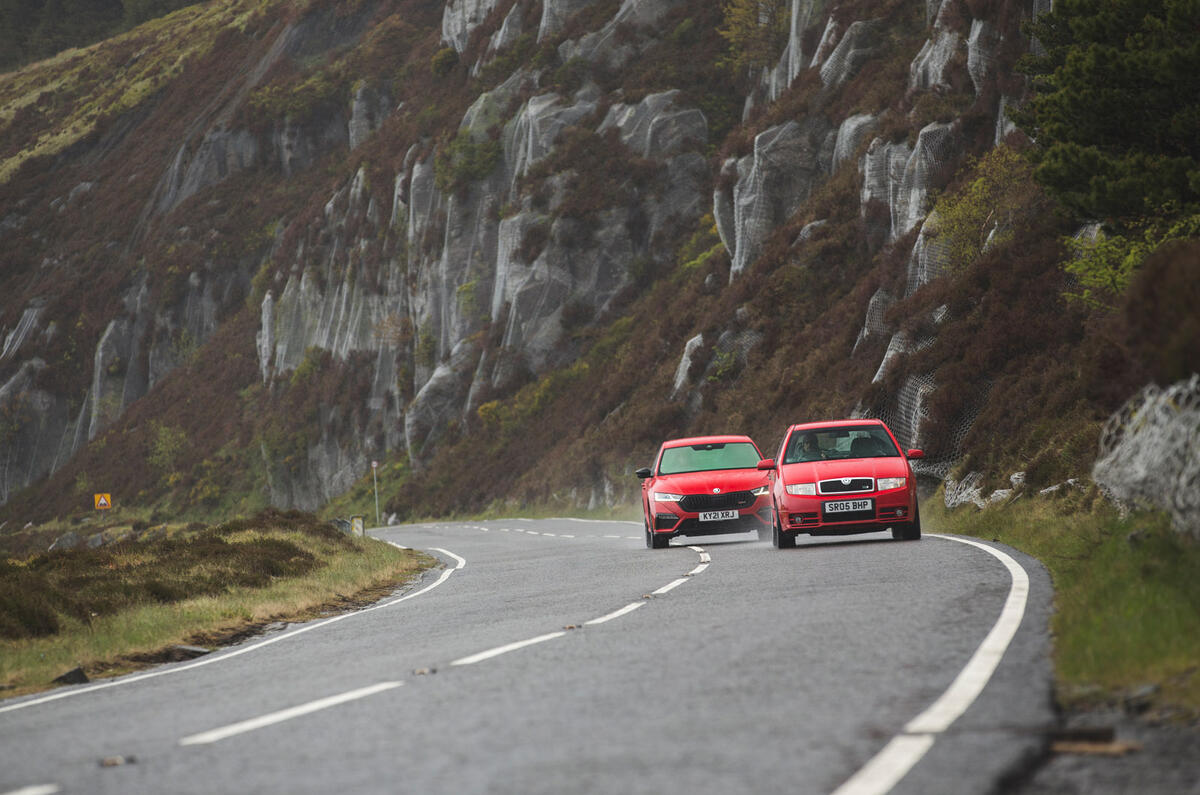
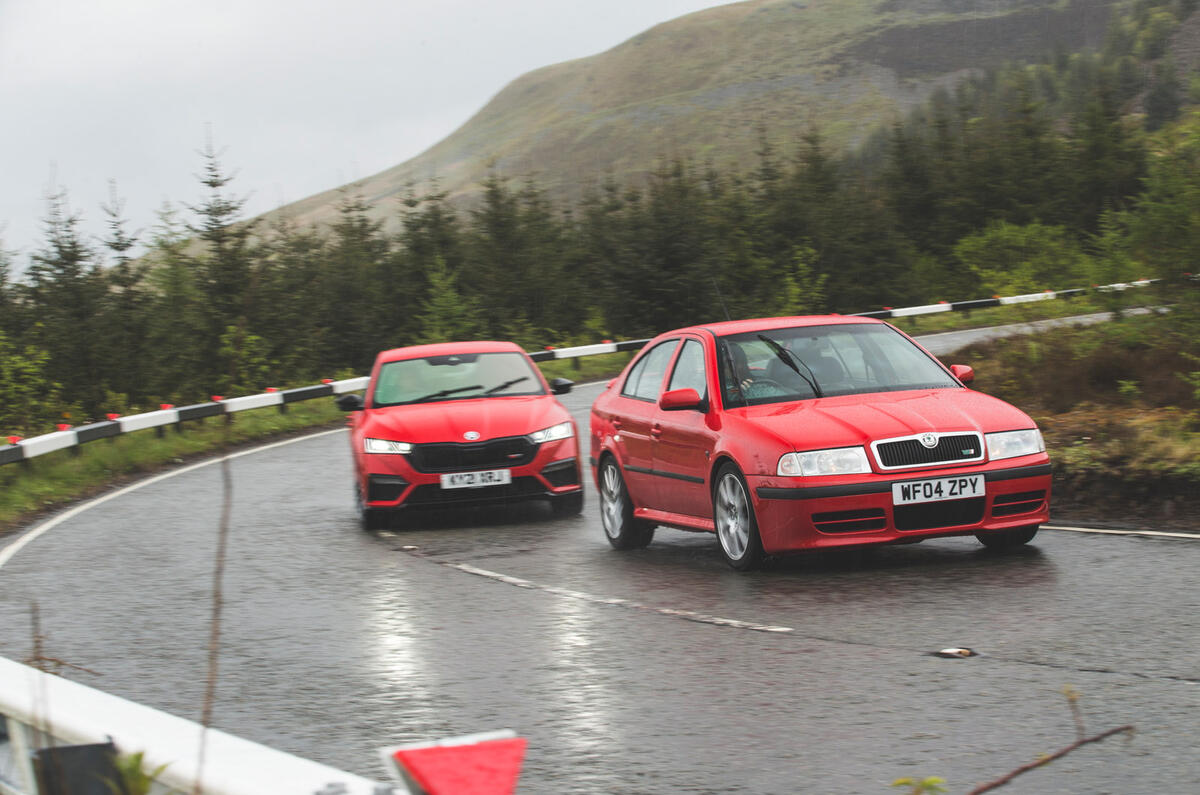
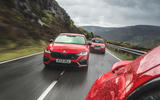











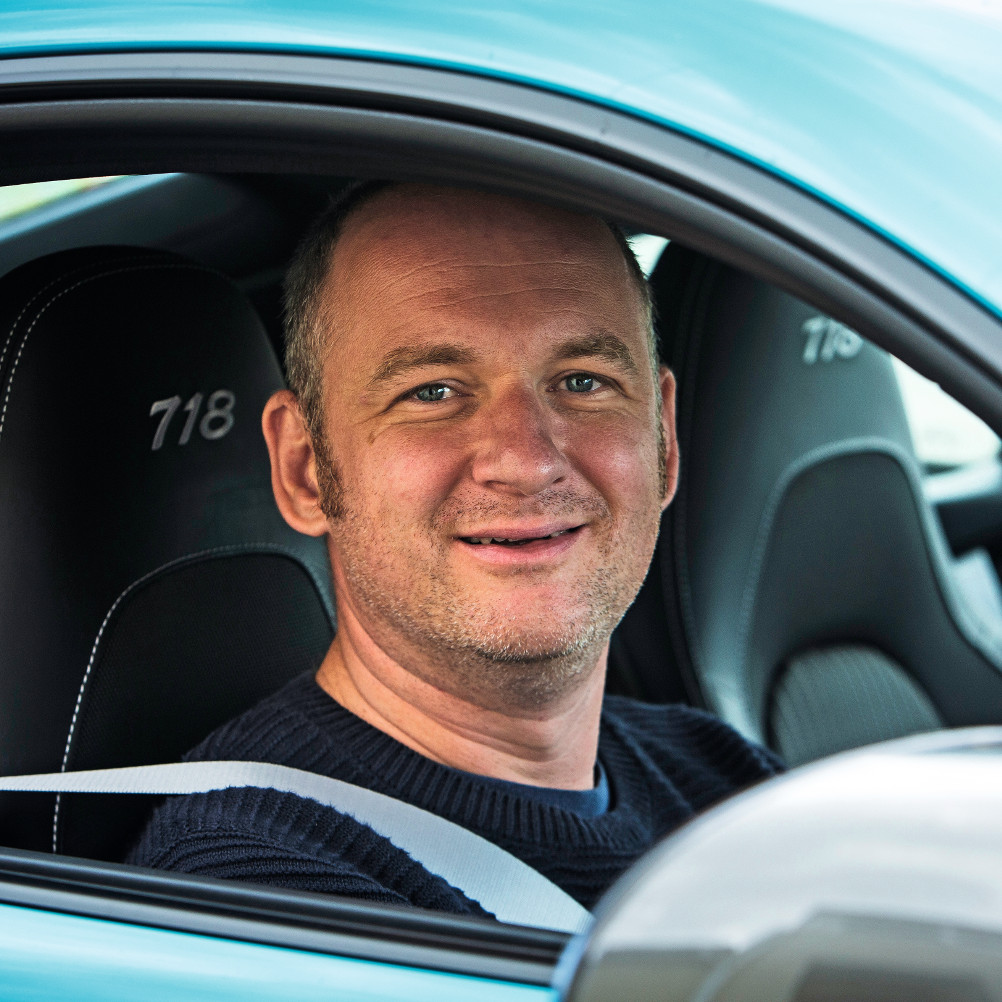




Join the debate
Add your comment
What utter nonsense from a person who clearly hasn't driven a Škoda or is frightened that his badge snobbery is under attack.
What utter nonsense from a person who clearly hasn't driven a Škoda or is frightened that his badge snobbery is under attack.
I'm on my 3rd Skoda and none of them have had a problem. Have owned a few VWs, and Audi and a SEAT and I'd argue that today's Skodas are the pick of the VW Group. I could have bought an Audi this time round but chose a Skoda as it was a better overall car.
I'd take issue with something in the report tho. In recent years, one in five Skodas sold have worn this three-lettered performance badge of honour. Are we sure about that? It may have been one if five Octavias one stage but surely not 1 in 5 Skodas?
They stopped the vRS Fabia around 2014 and the vRS Kodiaq was short lived, especially in the UK due to it's poor marketing. I'm scratching my head to think what anyone would have chosen the vRS over the Sportline. Kamiq, Karoq, Superb all sell in decent numbers but there are no vRS variants. 1 in 5 Skodas sold is a vRS? I just don't believe it. Even the new Octavia - I see plenty of them around, but few of them are vRS.